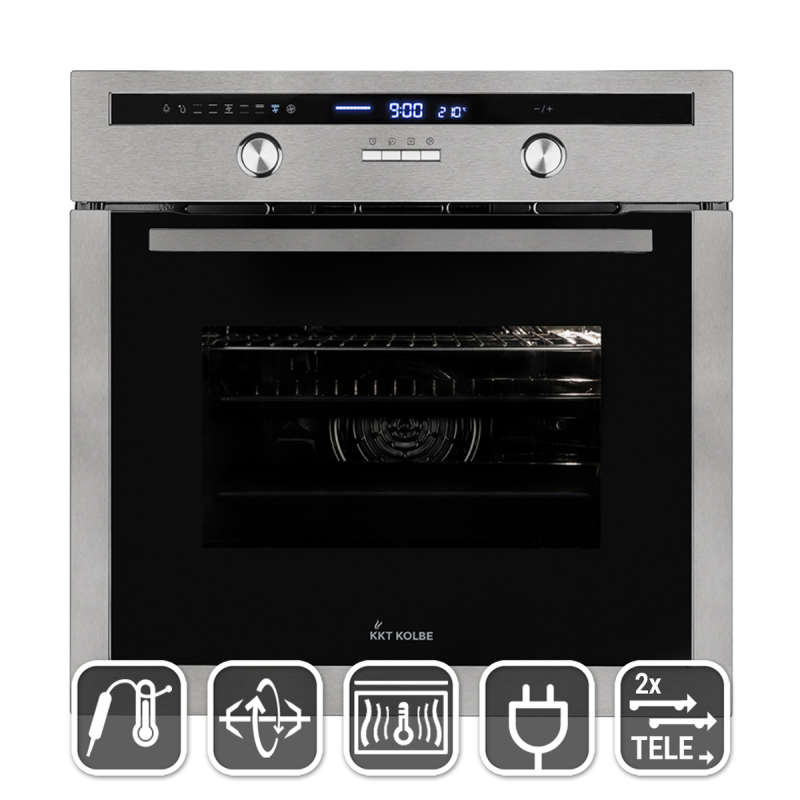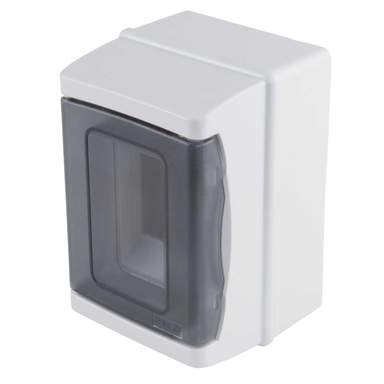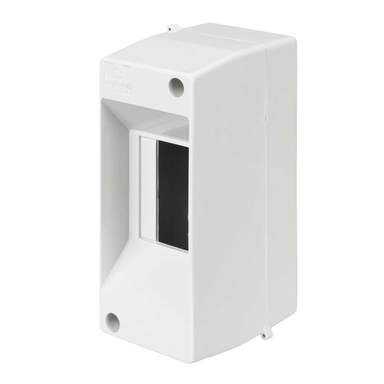- Reaction score
- 259
Hey guys,
So a customer has bought some fancy 3.35kw combination microwave that comes with a prewired flex of 1.5mm, total load would therefore be 14.57A, can you use diversity on a combination microwave (cooking appliance) so 10A + 30% of remaining load meaning its 11.37A so it can be put on a 13A FCU?
Problem being that they currently have a hardwired oven (2.2kw) on a 32A cooker circuit so want to add the microwave to this circuit but obviously just using a connection plate would mean the 1.5mm cable (That cannot be replaced) would be protected by a 32A mcb which is obviously not allowed, if I can put it on a fcu then that would protect the 1.5mm cable..
So a customer has bought some fancy 3.35kw combination microwave that comes with a prewired flex of 1.5mm, total load would therefore be 14.57A, can you use diversity on a combination microwave (cooking appliance) so 10A + 30% of remaining load meaning its 11.37A so it can be put on a 13A FCU?
Problem being that they currently have a hardwired oven (2.2kw) on a 32A cooker circuit so want to add the microwave to this circuit but obviously just using a connection plate would mean the 1.5mm cable (That cannot be replaced) would be protected by a 32A mcb which is obviously not allowed, if I can put it on a fcu then that would protect the 1.5mm cable..












